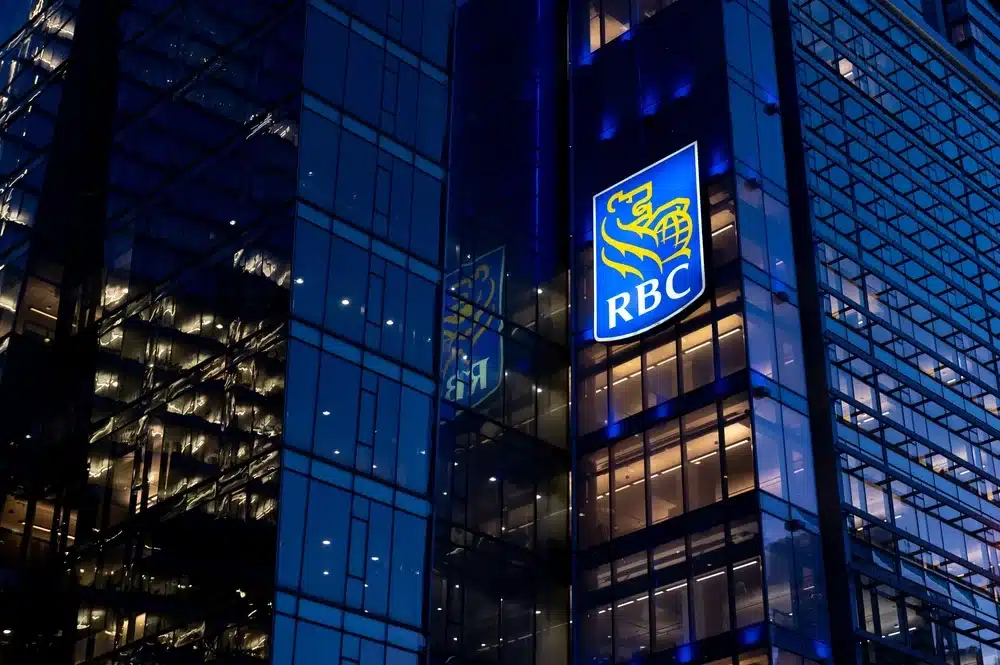Take a pass on Lightspeed Commerce, this investor says

The stock has been hammered over the past year but that’s not enough cause to put it on your shopping list, says portfolio manager David Burrows about Canadian name Lightspeed Commerce (Lightspeed Commerce Stock Quote, Charts, News, Analysts, Financials TSX:LSPD), which has shown no signs of rising off the mat after a dismal past 12 months.
“This was a great holding for a long time, but you have to recognize when things change,” said Burrows, chief investment strategist at Barometer Capital Management, who spoke on BNN Bloomberg on Monday.
It was a year ago right around this time that Montreal-based payments company Lightspeed was hitting what turned out to be its high point at around $155 per share — quite a journey for a company that had completed a big initial public offering at $16 per share in March of 2019.
Burrows had LSPD on his Top Picks list one year ago, but even with the drop in share price — now down about 85 per cent since last September — he’s not ready to go back to the stock.
“That’s the value of a stop-loss,” he said. “The stock broke down when it broke the 50-day moving average at $104 very early in [2022] and, sadly, it hasn’t looked back since.”
“This is … where a momentum investor exits and a value investor steps in — it can be a really big difference, and that’s why it’s so important especially in a market like this to have a sell strategy and to set a stop to know where you’re going to make an exit to make sure you don’t make a big mistake,” he said.
Lightspeed’s trials and tribulations have been well documented, but in brief, the company endured a short-seller report last September which claimed Lightspeed had exaggerated its addressable market and how many customers were using its point-of-sale platform. Investors reacted by pulling the stock off its highs, while the wider market chipped in over the fourth quarter by exiting growth and tech stocks in droves.
That double punch was followed in 2022 by the decision by Lightspeed founder and CEO Dax Dasilva to hand over the reins to new CEO Jean Paul Chauvet. Lightspeed has also had to deal with questions surrounding the pace of its M&A in recent years which saw management shell out hundreds of millions for other names in payments and e-commerce in the US, all while putting up big annual losses — LSPD posted a net loss of US$288.4 million or US$2.04 per share for its fiscal 2022, with a year-end of March 31.
Pile it all together and you’ve got a lot of negative vibes surrounding Lightspeed, which seem to be reflected in its share price. LSPD barely budged over the summer when the market as a whole put up strong gains in July, for example, and shares look to be continuing south in recent weeks.
Burrows said the fintech space as a whole has been a trouble spot, which hasn’t helped Lightspeed’s recovery.
“Fintech right now is just cold, cold, cold and it’s not able to make up any ground,” he said. “Every rally that’s taken place has failed over the last six to nine months. And so I think that there’s better places to work.”
Burrows said investors should be looking at the market’s recovery attempts to get a glimpse at which names in which sectors are likely to make a real rally. By that measure, tech stocks still don’t look too good.
“I think it’s important when the market makes a bottom as it did in June to see what rallies off the bottom and then when there’s the first few days [look for] what gives it right back again,” he said.
“In other words, what goes right back down again — it means that the buying was short-covering, and a lot of technology companies very quickly gave up the gains as we went through August. That tells you that that group is technically weak,” he said.
Lightspeed Commerce last reported earnings in early August where the company’s fiscal first quarter 2023 featured revenue of $173.9 million, up 50 per cent year-over-year, and an adjusted EBITDA loss of $15.6 million. The company said macro conditions have become “more concerning” in recent months but that the return of bricks-and-mortar shopping and dining should be a boost to its business.
“Our two flagship offerings, Lightspeed Retail and Lightspeed Restaurant, continued to see excellent market reception this quarter, which helped drive strong revenue growth.” said Chauvet in a press release.
“Consumers are once again shopping in-store and dining out, and our customers are turning to Lightspeed to help them deliver compelling omni-channel experiences under one comprehensive commerce platform, helping them grow revenue, reduce complexity and lower operating costs,” he said.



